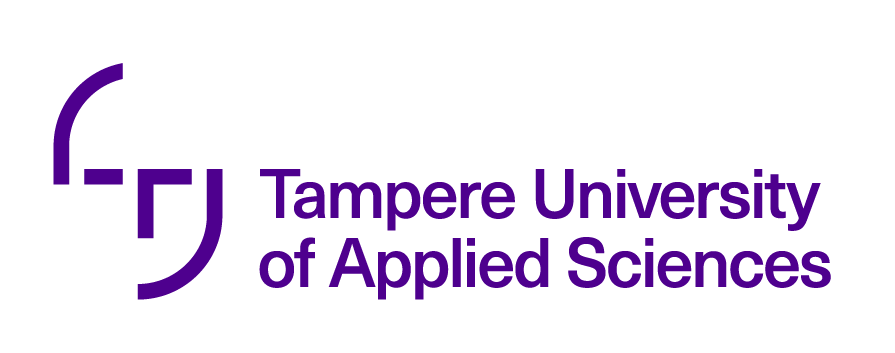Fiber and Textile Chemistry (3 cr)
Code: 5M00FY32-3001
General information
Enrolment period
22.11.2023 - 12.01.2024
Timing
08.01.2024 - 30.04.2024
Credits
3 op
Mode of delivery
Contact teaching
Unit
Textile and Material Engineering
Campus
TAMK Main Campus
Teaching languages
- English
Seats
25 - 25
Degree programmes
- Cross-study in the Tampere Universities Community
- Bachelor's Degree Programme in Textile and Material Engineering
Teachers
- Marja Rissanen
Person in charge
Marja Rissanen
Groups
-
23TEMA
-
22TEMA
Objectives (course unit)
The student learns the basics of fiber and textile chemistry.
The student understands the most essential phenomena and related units of physical chemistry in textiles.
The student has an overview about the industrial textile washing unit processes.
Content (course unit)
- The formation of fiber properties, the mechanism of diffusion, adsorption and swelling as well as phenomena such as viscosity, solubility, surface tension, diffusion, cohesion, adhesion, adsorption, electro chemistry and phase equilibrium.
- The basics of textile chemistry and chemical reactions in wet processes of textiles.
- Water and washing chemistry, bleaching and dyeing chemistry
- Washing technology: Industrial maintenance and washing processes
Assessment criteria, satisfactory (1-2) (course unit)
Knowing: The student understands the basic concepts and phenomena of textile chemistry.
Acting: The student manages the assigned tasks under supervision/assistance.
Being: The student can give and receive feedback, can work in a group, takes responsibility for his/her own work.
Assessment criteria, good (3-4) (course unit)
Knowing: The student understands the basic concepts and phenomena of textile chemistry at more advanced level. The student applies the principles to new situations.
Acting: The student applies substance matter learnt in previous studies, makes a plan/plans before carrying out tasks, limits tasks/problems to have an appropriate scope, solves problems.
Being: The student can give and receive feedback actively and constructively, can cooperate responsibly and is ready to develop his/her interaction skills. Recognizes and follows the important courses of action in the field. Takes responsibility and commits to the group activities in addition to his/her own work.
Assessment criteria, excellent (5) (course unit)
Knowing: The student has versatile and fluent ability to analyze phenomena realizing the limitations related to theories in use.
Acting: The student can search for diverse solution alternatives, justify his/her choices, assesses new solution alternatives, combines solution alternatives creatively or creates new ones.
Being: The student can cooperate responsibly, flexibly and constructively, develops his/her own and the group's interaction, works responsibly and in a committed manner considering the community and field requirements and needs.
Location and time
On-site in Kauppi campus
Periods 3 and 4
Exam schedules
Given in Moodle
Assessment methods and criteria
Exam
Assessment scale
0-5
Teaching methods
Lectures, discussions, group works, exercises
Learning materials
Lecture notes
Material in Moodle
Literature:
- Mather, R. R. & Wardman, R. H. (2010) The Chemistry of Textile Fibres. Cambridge: Royal Society of Chemistry.
- Bechtold, T. (2023) Textile Chemistry. 2nd edition. Germany: De Gruyter.
Student workload
3 credits = 80 hours
Contact learning: 30 hours
Independent learning: 50 hours
